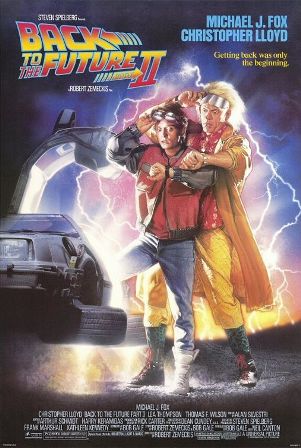An overhead projector can be found in probably every classroom and caused a lot of students falling asleep during eternal presentations. Blair Neal from New York converted the most unglamouros educational technology into an interactive music-making machine.
Watch his installation that uses an old projector, a camera, some markers and a laptop and turns it all into a playful art piece. It is essentially an inverse color organ that you can play like a player piano. You can draw crazy things for fun or make more complex songs if they look more MIDI-sequencer like. Developed in Max/MSP and Jitter.
(thank you MAKE and Blair Neal)


